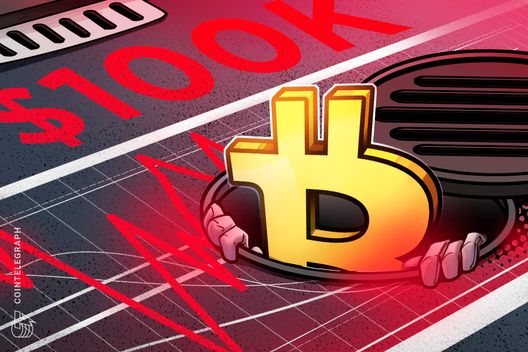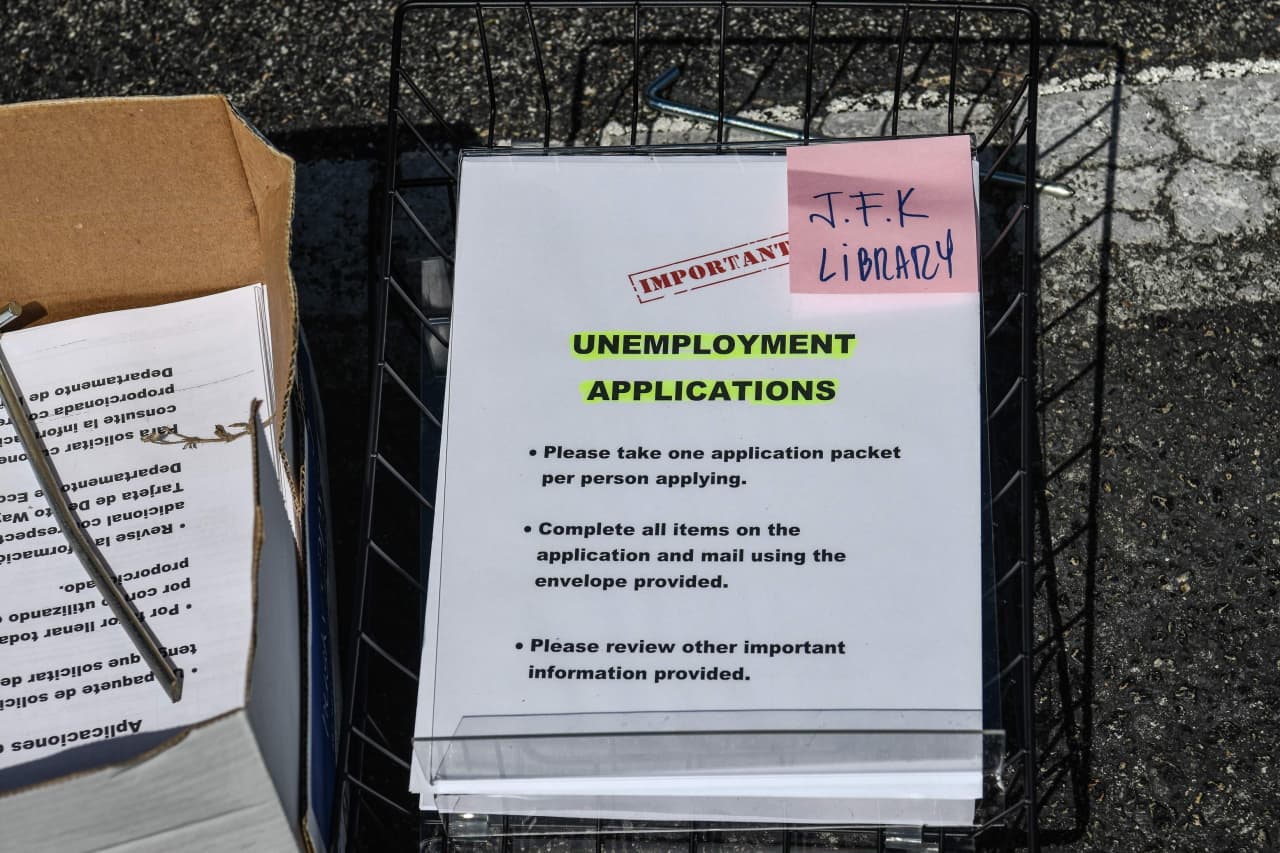Good Morning, Asia. Here's what's making news in the markets:
Welcome to Asia Morning Briefing, a daily summary of top stories during U.S. hours and an overview of market moves and analysis. For a detailed overview of U.S. markets, see CoinDesk's Crypto Daybook Americas.
As Asia begins its Thursday business day, ETH is trading at $2,770.
ETH is up almost 11% this month, according to CoinDesk market data, outperforming BTC, which rose 5%.
Part of this could be because of institutional trading demand, and the fact that it's overtaken BTC in derivatives markets as sophisticated investors increasingly bet on ETH’s structural growth and role as a gateway between decentralized finance (DeFi) and traditional finance (TradFi), OKX Chief Commercial Officer Lennix Lai told CoinDesk in an interview.
"Ethereum is overshadowing BTC on our perpetual futures market, with ETH accounting for 45.2% of trading volume over the past week. BTC, by comparison, sits at 38.1%," Lai said.
This is a similar finding to what's occurring on Derebit, CoinDesk recently reported.
That's not to say that institutions have taken a disinterest in BTC. Far from it.
A recent report from Glassnode shows that despite BTC's recent volatility, institutions are happily buying up the dips.
Long-term holders (LTHs) realized over $930 million in profits per day during recent rallies, Glassnode wrote, rivaling distribution levels seen at previous cycle peaks. Yet, instead of triggering a cascade of selling, the LTH supply actually grew.
“This dynamic highlights that maturation and accumulation pressures are outweighing distribution behavior,” Glassnode analysts wrote, noting that this is “highly atypical for late-stage bull markets.”
Neither, however, are immune to geopolitical risk or black swan events like the Trump-Musk blowout.
These episodes serve as reminders that sentiment can shift quickly, even in structurally strong markets. But beneath the surface-level volatility, institutional conviction remains intact. ETH is emerging as the vehicle of choice for accessing regulated DeFi, while BTC continues to benefit from long-term accumulation by institutions via ETFs.
"Macro uncertainties remain, but $3,000 ETH looks increasingly likely,” Lai concluded.
Tron Continues to Win Stablecoin Inflow
The stablecoin market just hit an all-time high of $228 billion, up 17% year-to-date, according to a new CryptoQuant report.
That surge in dollar-pegged liquidity, driven by renewed investor confidence showcased by the blockbuster Circle IPO, rising DeFi yields, and improving U.S. regulatory clarity, is quietly redrawing the map of where capital lives on-chain.

"The amount of stablecoins on centralized exchanges has also reached record high levels, supporting crypto trading liquidity," CryptoQuant reported.
CryptoQuant noted that the total value of ERC20 stablecoins on centralized exchanges has climbed to a record $50 billion.
Most of this growth in exchange stablecoin reserves has been a result of the increase in USDC reserves on exchanges, per their data, which have grown by 1.6x so far in 2025 to $8 billion.
As far as protocols that have been a net beneficiary of all of this, Tron leads the pack. Tron's blend of fast finality and deep integrations with stablecoin issuers like Tether is credited with making it a liquidity magnet
Presto Research, which recently released a similarly themed report, wrote that it notched over $6 billion in net stablecoin inflows in May, topping all other chains and posting the second-highest number of daily active users behind Solana and was the top performer in native total value locked (TVL) growth.
By contrast, Ethereum and Solana bled capital, Presto's data said.
Both chains experienced significant stablecoin outflows and bridge volume losses, indicating a lack of new yield opportunities or major protocol upgrades. Presto’s data confirms a broader trend: institutional and retail capital alike are rotating toward Base, Solana, and Tron.
The commonality? These chains offer faster execution, more dynamic ecosystems, and in some cases, bigger incentive programs
Agent Economies Are Coming, but They Need Crypto Rails to Work
The next generation of AI won’t just talk to us, it’ll talk to itself. As autonomous agents grow more capable, they'll increasingly handle tasks end-to-end: booking flights, sourcing data, even commissioning other bots to complete subtasks. But there’s a problem: right now, these AI agents are trapped in silos and they need crypto to get them out.
In a recent a16z Crypto essay, Scott Duke Kominers, a Research Partner at a16z Crypto and a Faculty Affiliate at Harvard, argues that today’s agent-to-agent interactions are mostly hardcoded API calls or internal features within closed ecosystems.
There’s no shared infrastructure for agents to find each other, collaborate, or transact across systems. That’s where crypto comes in. Blockchains, with their open, composable architectures, offer a “forwards-compatible” way to build interoperable agent economies, a neutral substrate that can evolve alongside AI itself.
Early projects like Halliday are building protocol-level standards for cross-agent workflows, while firms like Catena and Skyfire are using crypto to enable autonomous agents to pay each other without a human being needed.
Coinbase has even stepped in to support infrastructure efforts here. If these rails take hold, blockchains won’t just be financial infrastructure; they’ll be the back-end of an open AI economy, where agents transact, coordinate, and enforce user intent transparently.
The message is clear: if AI agents are the future of productivity, crypto is the infrastructure that makes them play nice.
Web3 Gaming Needs Better Games to Grow
Gaming maintains its lead as the dominant category in the distributed app (dAPP) ecosystem, even as its market share continues to slip, according to a new report from DappRadar.

The latest data from DappRadar shows gaming’s dominance fell for the second consecutive month, from 21% in April to 19.4% in May.
Daily user activity remains relatively stable, hovering around 4.9 million unique active wallets, yet the sharp decline in investment paints a more troubling picture: venture funding for gaming projects plummeted to just $9 million in May, down sharply from over $220 million monthly at the end of 2024.
"2025 so far, has been a reality check for the gaming market. Various projects that raised millions in the previous years, have now closed shop. Among them, the hero shooter Nyan Heroes, the fantasy MMORPG Ember Sword, and social deduction game The Mystery Society," DappRadar analysts wrote in their report.
DappRadar analysts point to a fundamental flaw driving this exodus: a lack of engaging gameplay.
Projects frequently prioritized tokenomics, speculative NFT launches, and marketing blitzes, often sidelining critical gameplay testing and development.
Without fun and replayable mechanics at their core, even heavily funded Web3 games have struggled to maintain player interest, suggesting that the industry's biggest challenge might simply be learning how to build great games.
And this narrative is nothing new: surveys have been saying this since 2022.
Market Movements:
- BTC: Bitcoin slid 2% after failing to hold the $110K level, with price testing key support at $108.5K amid rising geopolitical tensions and mixed sentiment, though strong institutional inflows via spot ETFs suggest underlying demand remains intact.
- ETH: ETH jumped 5% to break past $2,800 as $815M in institutional inflows poured into ETH ETFs, driven by bullish technicals, record staking levels, and fresh SEC guidance clarifying staking and wallet software fall outside securities laws
- Gold: Gold rose 0.97% to $3,363 after U.S. inflation data showed cooling prices, boosting expectations that the Fed could resume rate cuts in September.
- Nikkei 225: Tokyo stocks opened mixed Thursday, as a stronger yen weighed on exporters while optimism over a potential U.S.-Japan trade deal supported buying, with the Nikkei down 0.22% in early trading.
- S&P 500: Tokyo stocks opened mixed Thursday, as a stronger yen weighed on exporters while optimism over a potential U.S.-Japan trade deal supported buying, with the Nikkei down 0.22% in early trading.

 2 months ago
78
2 months ago
78








 English (US) ·
English (US) ·